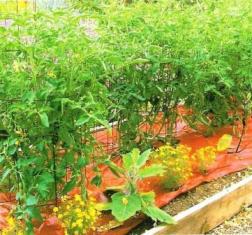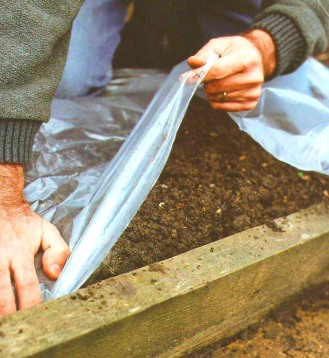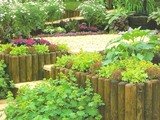|
Your Plastic Mulch …an Ergonomic Tools Classic Plastic mulch…what can it do for you? Well, if your vegetable garden goes through the hardship of:
Then you can benefit from these mulches. It does the above work for you while you do something else with your time. This garden mulch is mainly known to
But not much attention is paid to these other benefits:
Plastic Garden Mulches also Beats Pests Because the plastic heats up the soil you’ll get a head start. You can begin sowing heat loving crops earlier than usual. Crops like:
And because you grew them earlier…you’ll reap them before the onslaught of pests begins. Straightforward, isn’t it? In some cases the vegetables are harvested a staggering 14 to 21 days earlier than usual. So while your neighbors complain about pest problems you’re crops would have escaped untouched. Technology and Plastic Garden MulchesPresently science has stepped in to improve garden mulches and today, gardeners are using:
But Let’s be HonestThese mulches do have their faults. That’s a fact. They:
The effects of some of the faults can be minimized. For example: If you it’s in your budget, why not hire a landscaper to lay the mulch and drip irrigation system. You can also purchase some wood chippings to cover the plastic. They’re more striking but are also expensive. (Don’t use straw to cover plastic. Straw may still have seeds which can grow into weeds). Laying your Plastic Garden MulchBelow are 4 videos of plastic being laid as mulch. Take a look… If your garden is small you can easily install the mulch. But if it’s big more effort is required. But once it’s set up in your vegetable garden, you’ll benefit. You’ll cut down the amount of hours spent in your garden. So give the plastic mulch a try. OR
|









